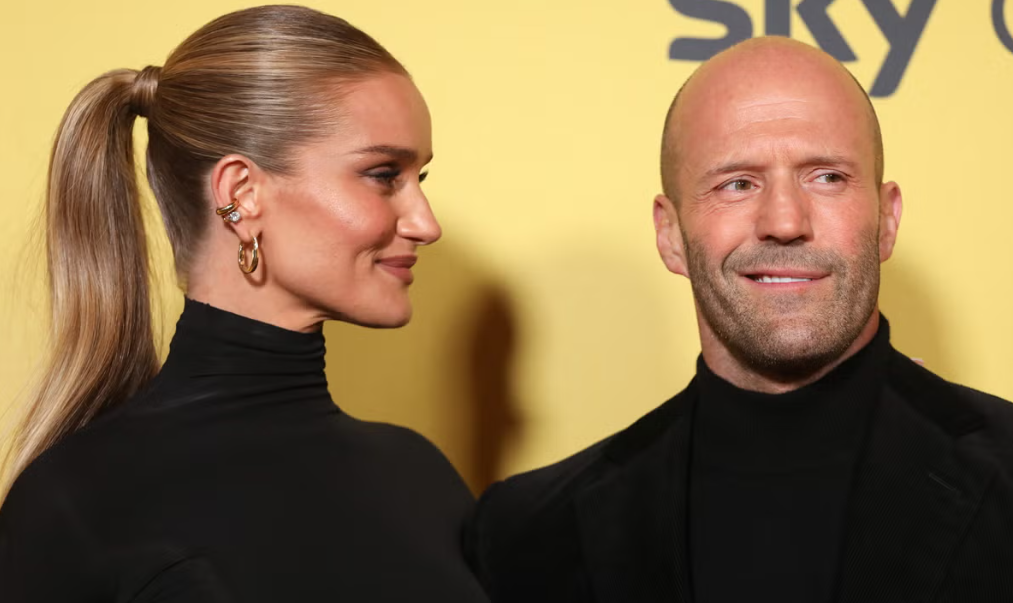The Man in The White Suit is a black and (appropriately) white film that today feels horribly prophetic. Made in 1951, the plot revolves around a pioneering chemist (Alec Guinness) who creates a magical fibre that will never wear out or get dirty. Unfortunately, this brilliant invention causes him to fall foul of textile producers and trade unions who begin to plot his downfall. Their skulduggery is driven purely by their fear of lost revenue. For if the chemist’s miraculous garments last forever, demand for replacement items will collapse.
The film may be a satirical comedy, but today we find ourselves in a time when sadly many things are deliberately built not to last. “Planned obsolescence” is the notion that certain gadgets and devices – think lightbulbs or laptops, for example – are made with purposefully short lifespans.
According to EU research, the average lifetime of a desktop printer is a paltry five hours and four minutes of actual printing time, while many ink cartridges bear smart chips that disable printing when one colour falls to a certain level, even if there’s enough ink to finish the job. The longevity of a smartphone is similarly dismal, with market research firm Kantar Worldpanel reporting that US smartphone owners use their phones for 27.7 months on average before upgrading. This short-term mentality makes sense if you want to get consumers to keep opening their wallets. But the picture is less rosy when you consider the effect on global warming and toxic waste.
Mechanical watches are different. Right now, for instance, I’m typing this wearing a Zenith dress watch made in 1956. Sure, I need to wind it every day, but I get it serviced every five years or so to ensure that it’s literally ticking along nicely. And this is the great thing about a half-decent watch – it’s the antithesis of a throwaway product. Instead, such a watch is a potential heirloom in the making which, if looked after with a modicum of care, will easily last for decades. Yet rather than feeling smug about their inherently green credentials, many watch brands are now doubling down on their environmental commitments in various ways.
Rolex, for example, has long been associated with exploration, ever since (Sir) Edmund Hillary first conquered Everest as part of an expedition that was equipped with the brand’s watches. In 2019, Rolex launched its Perpetual Planet initiative that champions exploration, not for its own sake but with a focus on protecting the environment. From working with the National Geographic Society to study the impacts of climate change to supporting cave-diving expeditions to find sources of contaminated water in the Yucatán Peninsula, the scope of this philanthropic effort is truly impressive.
While many watch brands also create watches that donate to eco-friendly endeavours, others take a different tack by looking to make their manufacturing process as sustainable as possible. TAG Heuer, for example, revamped their watchmaking facilities in Switzerland by installing 750 square metres of solar panels on the roof, and they’re hardly alone in trying to find a cleaner way of doing business.
After analysing the dominant trends of the watch world last year, Deloitte’s Swiss Watch Study reported: “The Swiss watch industry recognises the increasing importance of sustainability and ethics across its entire value chain, be it in the form of recycling/upcycling materials, responsible sourcing, looking into animal product alternatives or reducing their overall carbon footprint.”
Sometimes this green-minded attitude manifests itself conspicuously in its product. The Oris Aquis Date Upcycle, for example, has a dial made out of recycled PET plastics, while Citizen has perfected its Eco-Drive technology th at powers its watches using sunlight.
While these are encouraging developments, if you take a step back, this environmental stance feels like a natural fit for the watch world. Humans, after all, first began to mark time by tracking the orbit of our planet around the sun. In short, timekeepers have always had a longstanding interest in the earth, which has now finally come full circle.

Hublot Big Bang Sorai II
Since retiring from cricket, England’s Kevin Pietersen has set up his own charity, SORAI (Save our Rhinos in Africa and India) to rescue and rehabilitate abandoned or injured rhinos. Hublot has teamed up to help his efforts with this collaborative watch, donating proceeds from each sale to SORAI. ($33,600)

Rolex Explorer 36mm
This was Rolex’s original sports watch. First released in 1953 to celebrate Sir Edmund Hillary’s historic ascent of Everest, the modern version of this watch is emblematic of Rolex’s close ties with exploration, now expressed via the Perpetual Planet initiative. ($9000)

Seiko SLA055J1 Save The Ocean Limited Edition
Seiko’s Save The Ocean series supports several different maritime conservation initiatives. Inspired by the Seiko dive watch used by a series of Japanese Antarctic Research Expeditions in the 1960s, it’s hewn from the brand’s proprietary Ever-Brilliant Steel that is less prone to corrosion. ($7520)

Tudor Pelagos FXD
Morgan Bourc’his is a world freediving champion who teamed up with Tudor to make The Quest for Nature in which he travels to Norway’s Great North to swim with whales and highlight human-caused damage to the ecosystem in the process. The Pelagos FXD is his watch of choice. And it’s easy to see why.
($5300)

OMEGA Seamaster Aqua Terra 150M GoodPlanet
The GoodPlanet Foundation endeavours to inspire people to take action to protect the earth. Since partnering with Omega, the Foundation has collaborated on two documentaries: Terra and Time For The Planet to raise awareness and encourage sustainable development. ($13,050)

Citizen PROMASTER Eco-Drive BN0157-11X
Thanks to its Eco-Drive technology, this 200m water-resistant watch converts light into energy to power the watch and stores the surplus on a power cell. On a full charge, it will run for months even in pitch-darkness with no need for regular battery replacement. ($650)














